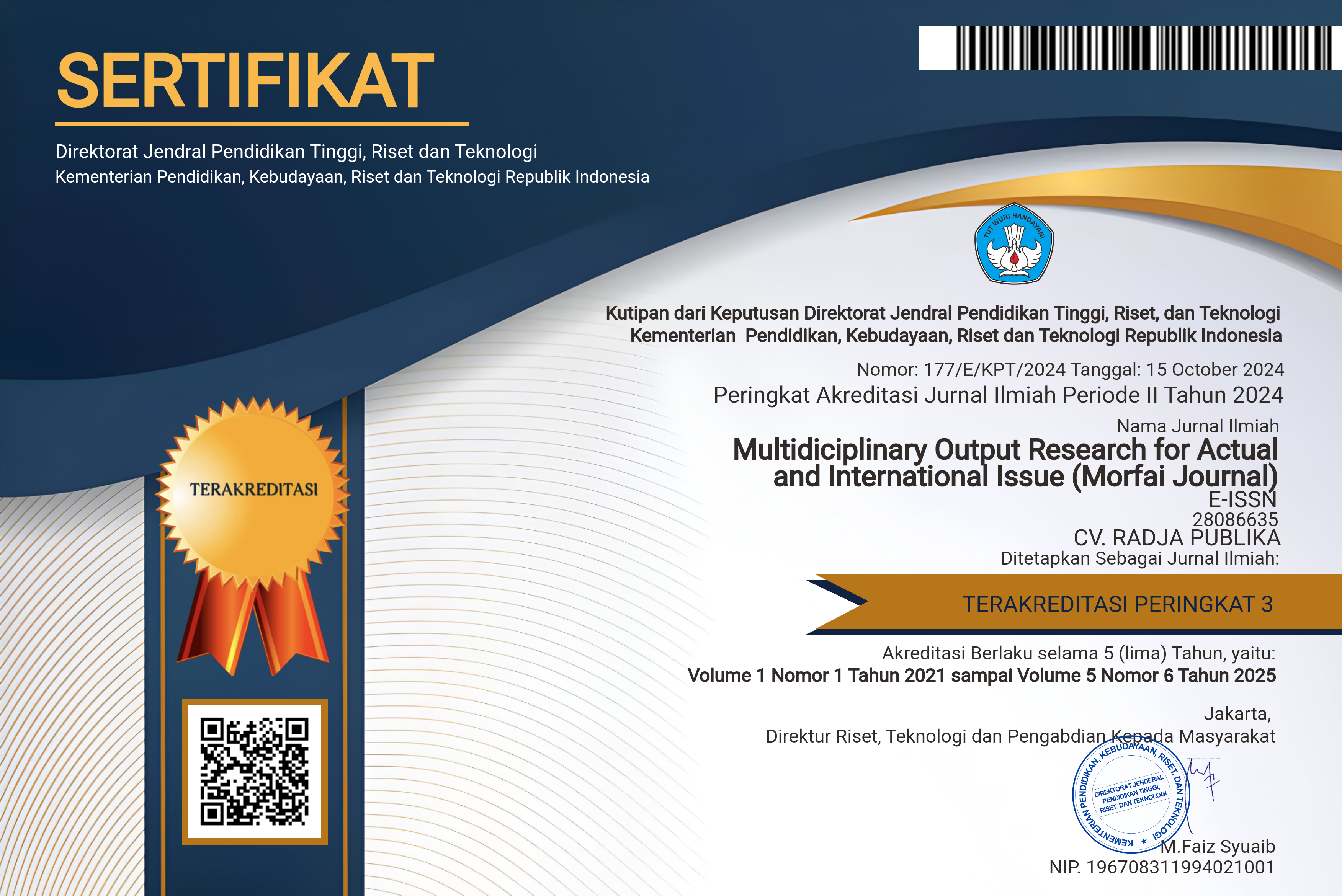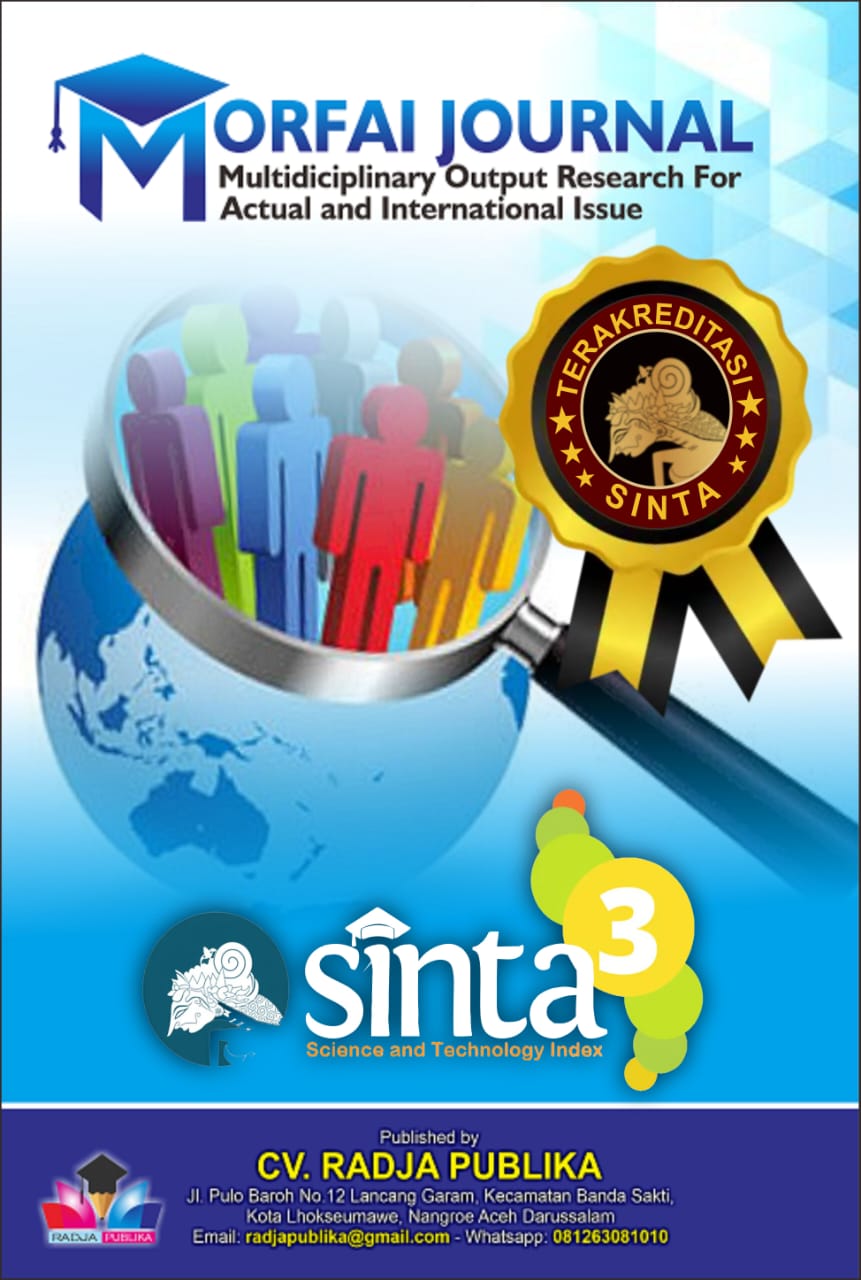Intersecting Axes of Deprivation and Aspiration: An Empirical Dissection of Educational Attainment, Employment Structures, and Poverty Dynamics in the Kashmir Valley
Intersecting Axes of Deprivation and Aspiration: An Empirical Dissection of Educational Attainment, Employment Structures, and Poverty Dynamics in the Kashmir Valley
Main Article Content
Asif Bashir
Naseer Ahmad Bhat
Rafia Mushtaq
This empirical investigation undertakes a granular socio-economic autopsy of the Kashmir Valley, dissecting the multifaceted interplay among educational attainment, employment stratification, and poverty incidence. Drawing upon stratified demographic data, the study interrogates the assumptions that formal education acts as a panacea against economic marginality. Although a discernible inverse correlation between educational level and poverty prevalence is established—most notably, with only one in twenty postgraduates living below the poverty line—the data simultaneously reveal an unsettling incongruity: elevated education does not axiomatically culminate in employment. A pronounced graduate unemployment rate (21.6%) underscores systemic disconnects between academic curricula and localized labor markets. The study illuminates acute gender-based disparities, where female unemployment (39.7%) significantly eclipses male rates, with rural women bearing the brunt of socio-economic exclusion. Informal employment patterns remain entrenched in rural terrains, perpetuating subsistence economies devoid of structural mobility. Urban-rural dichotomies in monthly income (INR 16,400 vs. INR 8,300) reveal infrastructural and opportunity asymmetries, while government employment surfaces as the singular bastion of economic stability and aid-independence. The discussion extrapolates these findings into a broader analytical frame, critiquing policy inertia, aid-dependency paradigms, and educational irrelevance. The study culminates in a set of praxis-oriented recommendations: localized micro-industrialization, curriculum recalibration, gender-responsive economic ecosystems, digital cooperatives, public sector decentralization, youth-focused resilience programs, and geo-spatial equity audits. These interventions collectively aspire to reconfigure the region’s socio-economic architecture from passive dependency toward sustainable empowerment.
• Ahmad, Z., Sofi, M. A., & Nabi, M. (2022). Youth unemployment in Kashmir: Structural challenges and policy responses. Economic and Political Weekly, 57(11), 24–29.
• Bhat, R. A., & Misra, S. (2021). Educational inequalities and employment trends in conflict regions: A case study of Jammu and Kashmir. Journal of Development Studies, 57(6), 899–915.
• Bose, S. (2003). Kashmir: Roots of Conflict, Paths to Peace. Harvard University Press.
• Census of India. (2011). Primary Census Abstract: Jammu and Kashmir. Government of India.
• Indian Labour Bureau. (2021). Employment–Unemployment Survey Report 2019–2020. Ministry of Labour and Employment, Government of India.
• Khan, T., & Wani, H. A. (2020). Gender inequality and female labor force participation in Kashmir. International Journal of Gender Studies, 8(3), 134–147.
• Ministry of Skill Development and Entrepreneurship. (2022). Annual Report 2021–2022. Government of India.
• Niti Aayog. (2020). Strategy for New India @ 75. Government of India.
• Planning Commission of India. (2013). Twelfth Five Year Plan (2012–2017): Faster, More Inclusive and Sustainable Growth. SAGE Publications.
• Rafiq, A. (2020). Economic marginalization in Kashmir: Structural causes and social impacts. Journal of Conflict and Development, 12(2), 45–62.
• UNESCO. (2021). Global Education Monitoring Report 2021: Non-state actors in education. United Nations Educational, Scientific and Cultural Organization.
• World Bank. (2018). Poverty and Shared Prosperity 2018: Piecing Together the Poverty Puzzle. World Bank Group.









